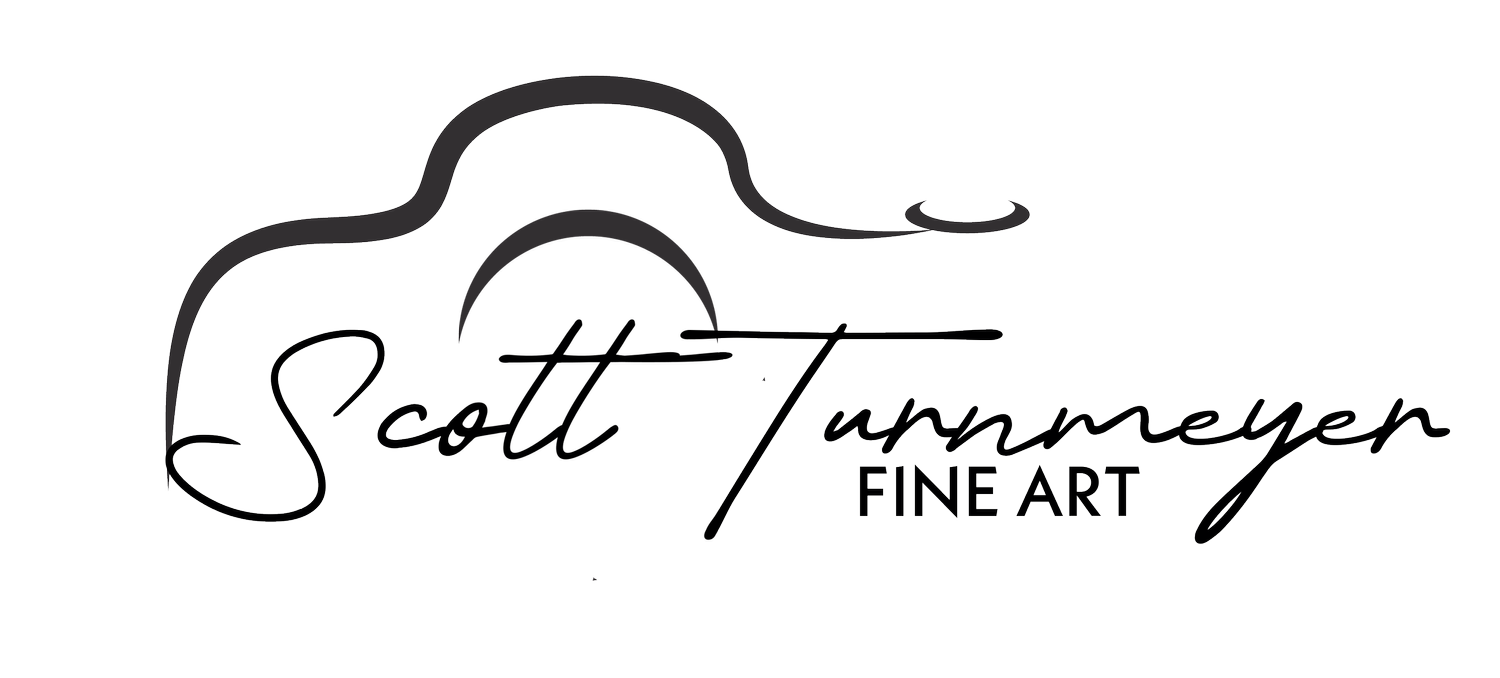Mastering Depth of Field in Photography: A Comprehensive Guide
Depth of field (DOF) is one of the most essential concepts in photography, playing a pivotal role in how images are perceived. Understanding and controlling depth of field can elevate your photography from ordinary to extraordinary, allowing you to create images that capture attention, evoke emotions, and tell a story.
What is Depth of Field?
Depth of field refers to the area of an image that appears sharp and in focus. It’s the zone of acceptable sharpness within a photograph, and it’s influenced by several factors, including aperture, focal length, distance to the subject, and the camera sensor size.
Shallow Depth of Field: This is when only a small portion of the image is in sharp focus, with the background and foreground elements being blurred. It’s often used in portrait photography to isolate the subject from the background, creating a pleasing bokeh effect.
Deep Depth of Field: This occurs when a larger portion of the image, from the foreground to the background, is in focus. It’s commonly used in landscape photography, where you want everything in the scene to be sharp and detailed.
Factors Affecting Depth of Field
Aperture (f-stop): The aperture is the opening in the lens that allows light to pass through to the camera sensor. It’s measured in f-stops (e.g., f/1.8, f/5.6, f/16). A lower f-stop (wider aperture) results in a shallower depth of field, while a higher f-stop (narrower aperture) results in a deeper depth of field.
Focal Length: The longer the focal length (e.g., 85mm, 200mm), the shallower the depth of field will be, especially at wider apertures. Conversely, shorter focal lengths (e.g., 24mm, 35mm) tend to produce a deeper depth of field.
Distance to the Subject: The closer you are to your subject, the shallower the depth of field will be. Moving further away from your subject increases the depth of field, bringing more of the scene into focus.
Sensor Size: Cameras with larger sensors (like full-frame DSLRs) generally produce a shallower depth of field compared to cameras with smaller sensors (like crop-sensor DSLRs or smartphones) when using the same aperture, focal length, and subject distance.
How to Control Depth of Field
To master depth of field, you need to understand how to manipulate these factors to achieve the desired effect in your photographs.
1. Portrait Photography:
For portraits, a shallow depth of field is often preferred to keep the focus on the subject while blurring the background. To achieve this, use a wide aperture (low f-stop, like f/1.8 or f/2.8) and a longer focal length (like 85mm). Position your subject relatively close to the camera to enhance the effect.
2. Landscape Photography:
In landscape photography, you generally want everything from the foreground to the background to be in sharp focus. Use a smaller aperture (high f-stop, like f/11 or f/16) and a shorter focal length (like 24mm or 35mm). Focusing one-third into the scene can also help maximize depth of field.
3. Macro Photography:
Macro photography often requires a very shallow depth of field because you’re shooting extremely close to your subject. However, you can increase the depth of field by using a smaller aperture (higher f-stop) and adjusting the focal length or distance to achieve the level of sharpness you desire.
Creative Uses of Depth of Field
Depth of field isn’t just a technical aspect of photography—it’s a powerful creative tool. Here are some ways you can use it to enhance your work:
Isolate Your Subject: Use a shallow depth of field to isolate your subject from a busy background. This technique is particularly effective in portrait, wildlife, and street photography.
Guide the Viewer’s Eye: By controlling the focus, you can direct the viewer’s attention to specific elements within the frame, telling a more compelling story.
Create Atmosphere: A deep depth of field can convey a sense of vastness in landscapes, while a shallow depth of field can add a dreamy or intimate feel to your images.
Play with Bokeh: Bokeh refers to the quality of the out-of-focus areas in a photograph. With a wide aperture and the right lighting, you can create beautiful bokeh effects, adding an artistic touch to your photos.
Practice Makes Perfect
Understanding depth of field is the first step; mastering it requires practice. Experiment with different settings, focal lengths, and distances to see how they affect your images. Over time, you’ll develop an intuitive sense for controlling depth of field, allowing you to use it effectively in various photographic situations.
Whether you’re shooting portraits, landscapes, or macro photography, mastering depth of field will give you greater creative control over your images. So grab your camera, head out, and start experimenting—your next masterpiece might be just a click away!





